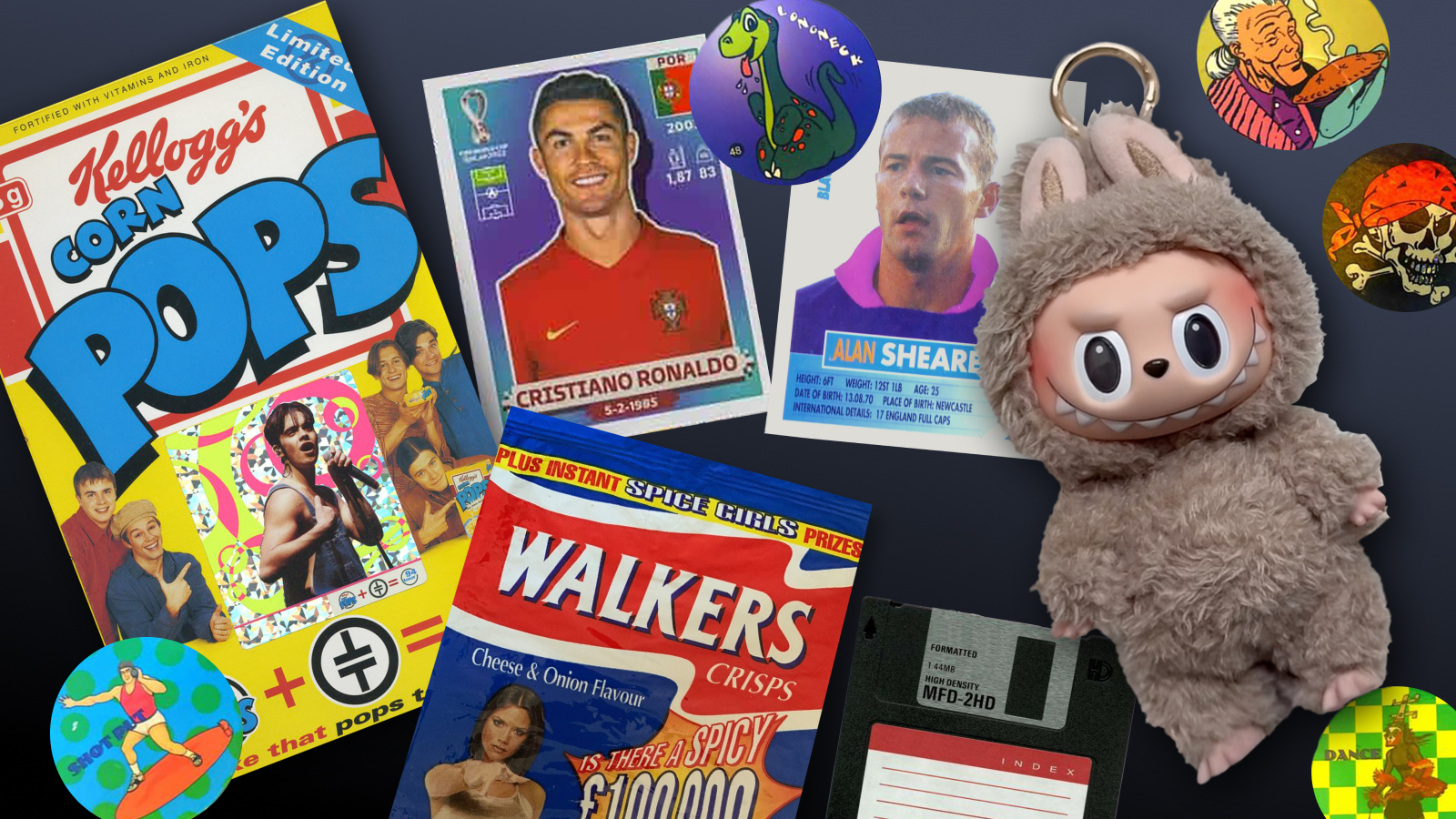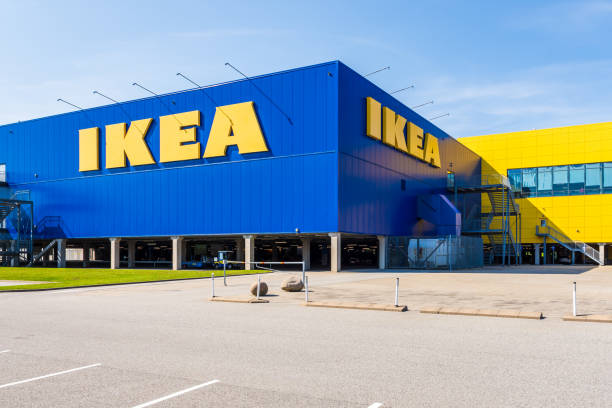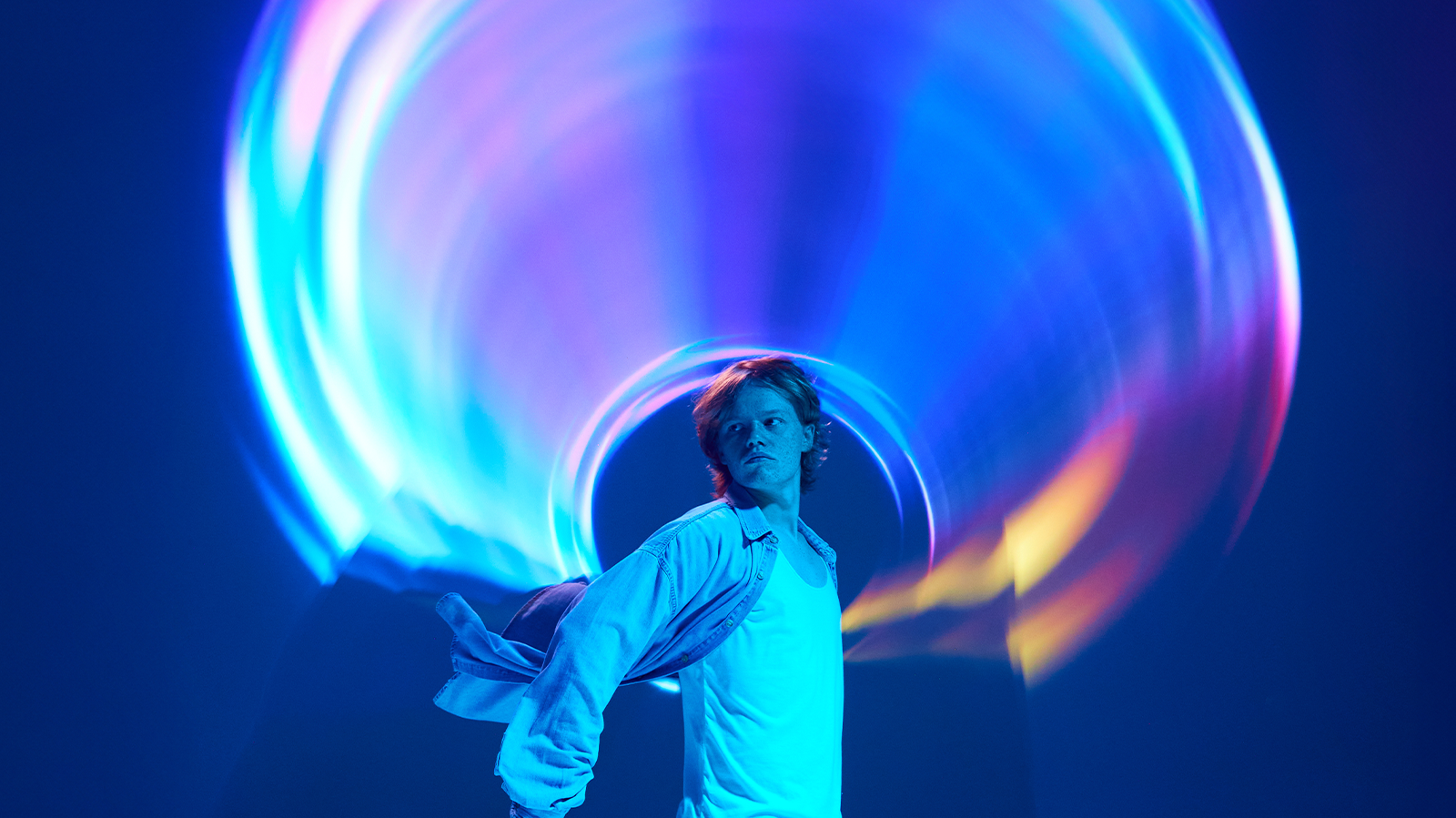What can a weird-looking creature that resembles an 80s gremlin teach us about psychology and behavioural science? Well, quite a lot, as it happens!
In a recent roundtable discussion we hosted, someone asked, “Do you think human psychology has changed with the times?” Our answer? Absolutely not. Keep reading, and I’ll explain why.
The creature I mentioned above is a Labubu. In case you’re not familiar, it’s a small plush monster-like toy that people collect and in many cases, use as handbag charms (on their rather expensive Chanels, may I add). People have gone wild for Labubus, and it made Pop Mart’s CEO $1.6 billion richer in just 24 hours. But how?
This is where basic human psychology, mixed with a healthy dose of the right influencers and social media, has turned collecting Labubus into an outright obsession. Wang Ning, the founder of Pop Mart, realised that selling “just” toys wasn’t enough. So he started selling blind boxes, toys hidden inside packaging, with the contents only revealed once opened. In addition to that he created a series of limited-edition characters, and suddenly scarcity was in play. The hype took care of the rest, turning his business into a billion-dollar enterprise.
But why, in the context of psychology and behavioural science, is scarcity + surprise such a powerful combination?
Firstly, let’s start with scarcity. This taps into loss aversion and FOMO (something most of us get when our mates are at the pub and we’re at home with the baby). When something is limited by time or quantity it immediately becomes more desirable. People fear missing out on what others might get.
Then there’s surprise. This instantly grabs attention and triggers a dopamine hit, making the experience more emotionally charged and memorable. It breaks the pattern of ordinary interactions, meaning it stands out and influences perception more deeply.
Put the two together, and you dramatically increase engagement, perceived value, and most importantly action.
Labubus aren’t the only brand using this formula to create hype. We’ve seen it generation after generation. For me, it was Panini sticker books. Anyone else remember spending their pocket money on sticker packs to complete the Take That annual? Or if you’re a football fan, the FIFA World Cup books, playgrounds were chaos with Beckham and Owen! (Note, I had to fact check my football references here, as apparently Giggs was Welsh and not a World Cup player.)
It wasn’t just pop culture driving the trend, FMCG brands were at it too. Walkers Crisps, for example, used something as basic as a Pog to drive sales and spark demand among kids, meaning parents were ultimately the ones forking out. Kellogg’s did the same (although with the Food Health Bill coming into effect in 2005, their strategies have since had to change but that’s a topic for another day).
Scarcity and surprise aren’t new concepts but with the rise of social media and influencer culture, brands have been able to use them at an entirely new level. The result? Global obsession.
So, back to that original question, has human psychology changed with the times? Absolutely not. We’re all still suckers for the thing nobody else can get. It’s just the channels and tools brands now have at their disposal that have shifted the landscape.
And for those of you who made it to the end and are still wondering what on earth a Labubu actually is, here’s a picture of one I found on a recent trip to London. (Authenticity is questionable, but we’ll save that particular bias for another day.)

Keen to learn more?
Download our guide to discover 4 lessons from the world of psychology and how to apply them to your brand to generate results.





